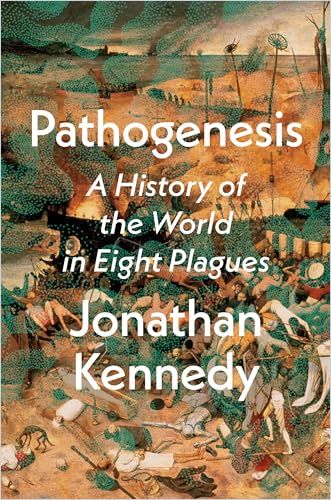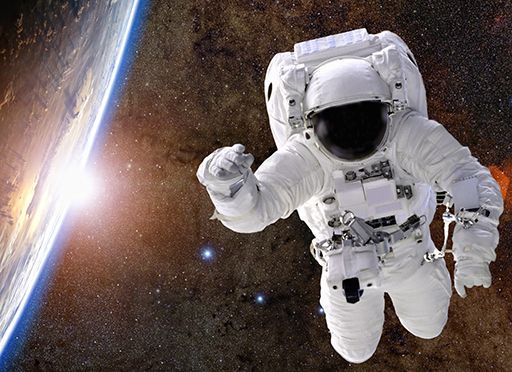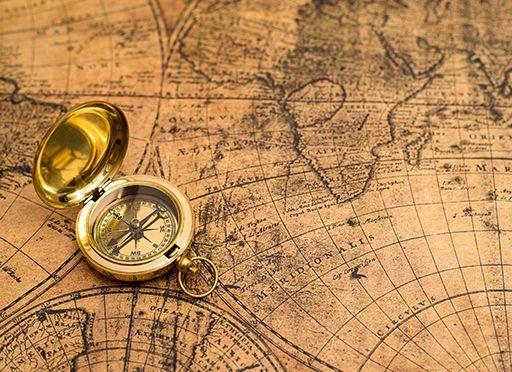Bacteria and viruses have played a fascinating, unexpected role in human, urban, and political development.

Microbes Rule
Jonathan Kennedy – a reader in politics and global health at Queen Mary University of London’s Centre for Public Health and Policy – details how bacteria and viruses have served as the driving force behind migrations, conquests, and the rise and fall of entire societies.
Microorganisms
Microorganisms make up the vast majority of Earth’s life forms. Viruses are just as ubiquitous and even more abundant than bacteria. They keep bacteria under control by infecting and killing them.
[The] modern world has been shaped by microbes as much as by women and men.Jonathan Kennedy
New technologies that identify markers of infectious diseases in skeletons have revealed the role microbes have played in guiding the trajectory of human history.
Numerous human species inhabited Earth between two million and 50,000 years ago. About 40,000 to 50,000 years ago, for unknown reasons, Homo sapiens began to spread while other species died out.
Remains of European primitive art suggest an intellectual awakening some 30,000 plus years ago that gave Homo Sapiens an edge. Their advanced cognition and the use of symbols emerged much earlier, but Neanderthals possessed them as well. The species interbred granting H. sapiens immunity to pathogens that Neanderthals had evolved to resist.
Plagues that occurred thousands of years ago played a crucial role in shaping the world we now inhabit.Jonathan Kennedy
Some historians associate the arrival of agriculture 12,000 to 9,000 years ago with urban development in Europe, Asia, Africa, and Central and South America.This “Neolithic Revolution” caused a population boom that wavered in the face of intermittent malnutrition, crop failures, and disease. As pathogens moved from animals to humans and new land uses helped insects thrive, natural selection boosted human tolerance to pathogens.
Civilizations
Some 400 to 500 years BCE, diseases factored into the Iliad and influenced the Peloponnesian War. By the first century BC, the Romans dominated the Mediterranean, bringing amenities and relative peace. As the Empire expanded, new diseases emerged and spread.Being in a dense population center made Rome’s residents more susceptible to pandemics than were the surrounding Barbarians. Second and third-century epidemics decimated the Roman Empire and favored the Barbarians. Romans regarded the plagues as their gods’ response to Christianity and persecuted early Christians.
As Muhammad gained converts to Islam, they took power in much of the region. Diseases that undermined the Byzantine and Sassanian regimes abetted Arab expansion.
As the Roman Empire faded, the feudal system, the Catholic Church, and the population expanded. From about 1000 to 1300 AD, farming increased widely. Crafters developed guilds, and universities and churches emerged.
A volcanic eruption in Indonesia caused the world to cool. In the 1300s, the changed climate caused plague-bearing animals to migrate to populated areas, triggering waves of disease in Asia and Europe. Half of Europeans died of the Black Death. People blamed the plague on God, the planets’ positions, and Jews – leading to pogroms and massacres, and to the Jewish survivors’ migration into Eastern Europe.
The Black Death altered European religion. People felt the wealthy, powerful Catholic Church was not sufficiently compassionate. More than a century later, Martin Luther continued the movement, with help from higher education and the printing press.
The religious revolution led to wars and the rise of secular society, promoting capitalism and, in England, a “Second Agricultural Revolution” that rewarded competition and productivity. This spurred colonization.
Colonization
In the 1500s, Hernán Cortés and Francisco Pizarro overthrew the Mexica and Inca Empires in the Americas,with assistance from diseases, such as smallpox, carried by their troops and animals. More than 90% of Indigenous Mesoamericans died.
Disease also aided the Pilgrims’ settlement in New England in the 1600s, and set the stage for US capitalism and individualism.
Historically, enslaved people were conquered during war or acts of piracy or captured by people of other religions – rather than by those of other races, as began in the 1400s when the practice of enslaving Black Africans emerged. This initial slave trade answered the need for free labor at sugarcane plantations on Atlantic Ocean islands and in the Americas. It brought malaria and yellow fever to the New World, but traders preferred to enslave Africans because they survived these diseases at higher rates than Europeans.
The threat of disease led French plantation owners in North America in the 1700s to import and enslave more Africans, but the trafficked Africans rebelled, and disease stymied efforts to control them.
Industrial Revolution
The Industrial Revolution caused rural people to migrate to British cities in the 1700s.Urbanization brought poor sanitation, which spread disease.High death rates and poverty shortened their lifespans. Cholera hit the poor particularly hard.
Sanitation in the United Kingdom improved in the 1830s, but efforts to keep taxes low hampered it, so disease ravaged city residents. In 1854, physician John Snow proved the connection between a lack of sanitation and cholera’s spread. New sewers helped reduce infections, as the government provided sanitation, water, energy, and transportation.
Pathogens thrive on inequality and injustice.Jonathan Kennedy, PhD
COVID-19 highlighted health inequities and disproportionately harmed poor and obese people in the United States and the United Kingdom. It demonstrated that public officials must cooperate proactively to advance equity, improve health care, and establish systems to minimize harm from infectious diseases.
The Unseen Influences
Jonathan Kennedy, PhD, opens new worlds of information about and analysis of world history and an often underreported cause and effect dynamic: the power of pathogens and pandemics. He follows in the footsteps of such books as Jared Diamond’s 1997 seminal Guns, Germs, and Steel, but he harnesses more than 30 years of new technologies and revelations to bolster his discoveries and conclusions. Kennedy’s theme is that discounting the pervasive role of viruses and bacteria fuels a mistaken, narrow-minded view of human prehistory (see his insightful discussions about the Neanderthals) and history. Moving from conquest and slavery to urban development, he develops his theme about pathogens with great authority and solid science. Yet, Kennedy never focuses solely on science at the cost of relaying a compelling overview of human history – a powerful, positive aspect of his fascinating narrative.








